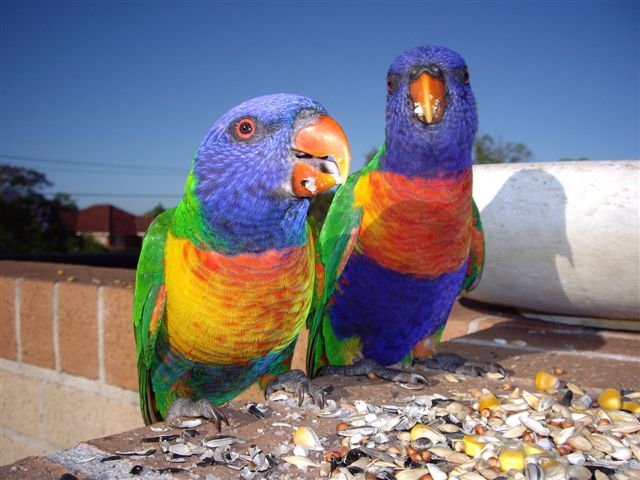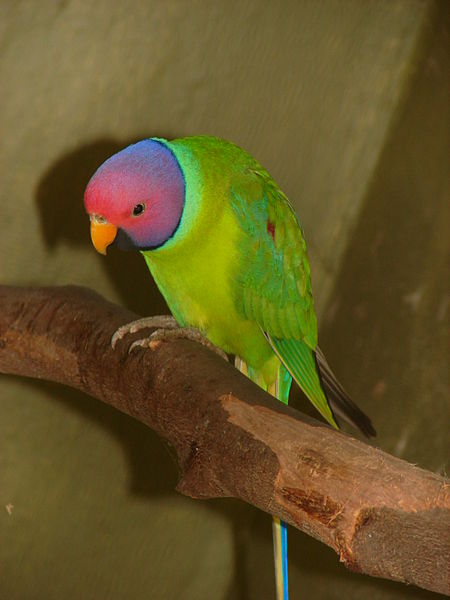
Trapping and Habitat Loss go Hand-in-Hand
The illegally-collected parrots were hidden beneath cargo in a truck that was stopped in Pernambuco State, Brazil, on September 25, 2011.
Most of the birds appeared to be youngsters, which may indicate that nesting trees were destroyed in the process of collecting them (trappers frequently chop down nesting trees in order to reach young parrots). Trees containing suitable nesting holes are a rare resource in most habitats, and are important to the survival of a wide variety of birds, invertebrates, amphibians, mammals and reptiles. Their loss has severe, long term implications.
Helping the Confiscated Parrots
The displaced parrots are being cared for byBrazil’s Environmental Conservation Organization (ECO). Caretakers have the expertise to rear them, but as you can imagine the cost and time involved, especially where nestlings are concerned, is enormous. The stress, poor care and cramped conditions endured by the parrots while in collectors’ hands will ensure that many need medical attention. Read More »
 That Bird Blog – Bird Care and History for Pet Birds
That Bird Blog – Bird Care and History for Pet Birds




